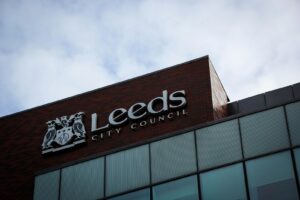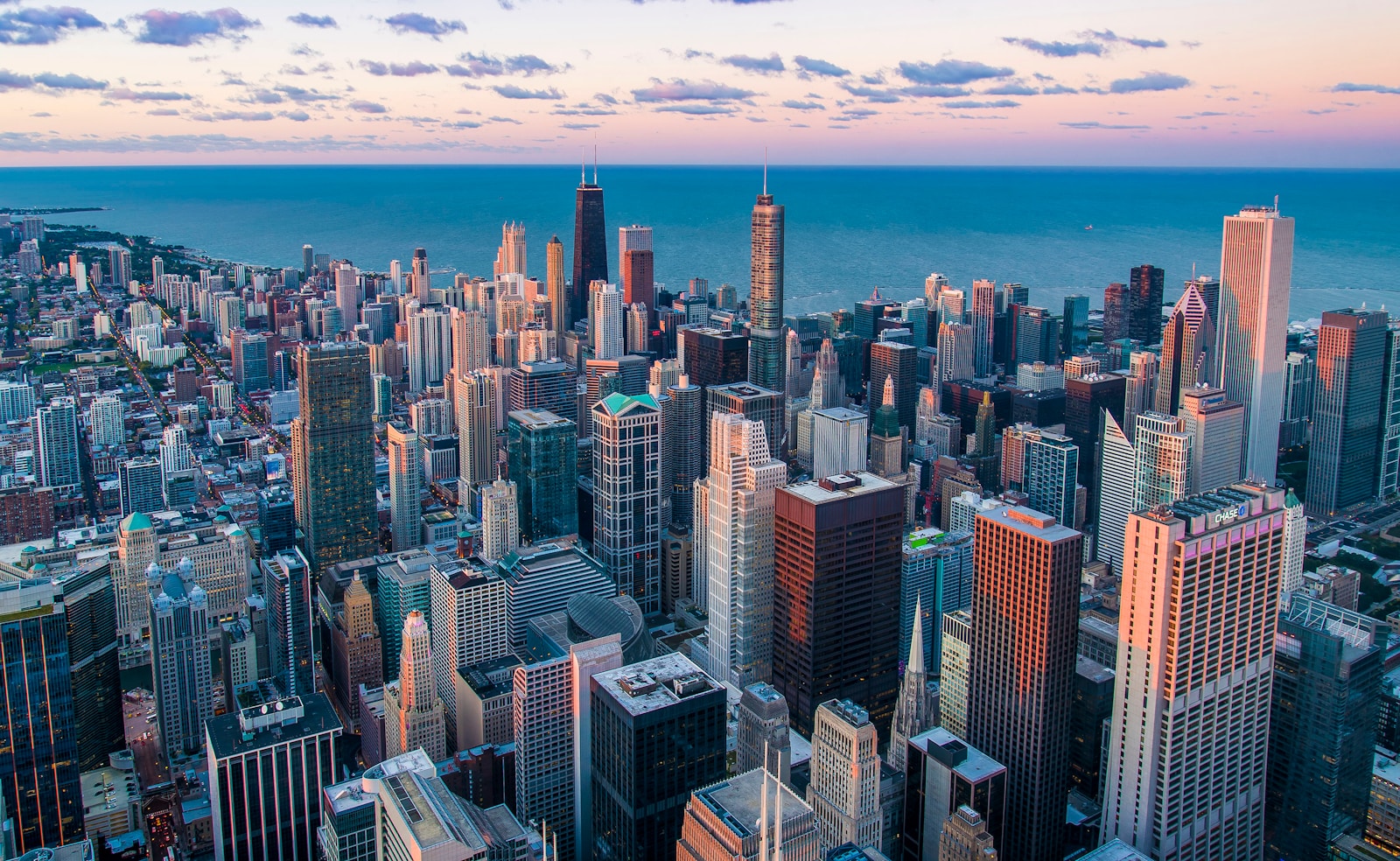With the ongoing climate crisis and effects of the pandemic, the concept of the 15-minute city proposes a solution for ‘designing out the car’ and promoting sustainable healthy lifestyles. However, many believe the concept is no more than an ideology.
Modern life has become interwoven with car use due to a lack of sufficient public transport infrastructure and underfunded local buses and community transport services.
Success
The 15-minute city has existed since the start of modern civilisation. The concept is that all basic amenities such as doctors’ surgeries, shops, schools and workplaces should be located in a concentrated area to create a harmonious community or place that promotes sustainable living. The 15-minute city concept found boosted popularity during the 2020 re-election campaign for Paris mayor Anne Hidalgo, with her advisor Carlos Moreno citing the model proposed in Jane Jacob’s ‘The Death and Life of Great American Cities’.
The concept has found unprecedented success in cities across the world, with the most notable being Paris. Modern cities were originally structured to have a working centre for men, and a suburban living area for woman and children, from which the men would drive into the city, leading to a car-dominant design that allows for segmented districts such as financial and cultural districts (Canary Wharf and the West End in London for example), and the suburbs. Carlos Moreno has begun to deconstruct this concept with his 15-minute city plan for Paris, creating a distribution of amenities and wealth across a variety of new neighbourhoods.
Change is rarely fully supported, and implementing such a concept within an existing place can bring secondary issues and potential destruction or devaluation of desirable areas. The 15-minute city concept is one that lends itself more to new developments and improving unfinished and ever-growing towns and villages. The concept can still be implemented in major cities, but with a focus on suburban extensions, ensuring that these additional developments are encompassed in the larger settlement efficiently and sustainably through infrastructure. Community resentment towards the concept stems from a lack of forward-thinking infrastructure that should always accompany housing growth. The lack of this paints a perception of greedy developers who are seeking maximum profits with a lack of care for the consequences. A strategic infrastructure plan for our towns can help to promote future growth with developers investing in post occupation integration, helping to create natural 15-minute neighbourhoods and happier places for modern living.
Infrastructure
For the 15-minute city concept to work, all residents must be able to reach all necessary amenities within 15 minutes, whether that be by walking, cycling or public transport. This is only achievable through infrastructure investment. Investment into cycle lanes and public transport routes is an unavoidable cost for success; without these, people will turn to the car for a quicker and easier option.
Across many European cities, particularly in the Netherlands, cycling infrastructure is firmly rooted in urban design. Within the city of Utrecht, due to its fantastic cycling infrastructure, 100% of residents live within a 15-minute cycle of all city necessities, with 94% of those living within a 10-minute cycle. Walking and cycling infrastructure improvements promote healthy lifestyles, safer streets and a harmonious neighbourhood built on sustainability.
Mindset
Providing the infrastructure, however, must work in tandem with a change of mindset. Whilst there may be a cycle route to your destination that takes 15 minutes, why should you choose that over a 5-minute car journey? Becoming more environmentally aware and reducing our carbon footprints is an individual responsibility we all have, but there are ways developers and councils can encourage and promote these responsibilities. There are numerous ways to reduce car use through careful design and planning, from out-of-town parking areas/barns, more accessible public transport, and/or taxes and regulations such as congestion charges. Councils can implement joint strategies, such as London’s effective use of congestion charges funding Transport for London (TfL). In the last 20 years, London has seen unprecedented growth in public transport and cycle lanes, resulting in 90% of Londoners living within 10 minutes of their high street (as of October 2023). London is quietly proving the reality of 15-minute cities. Many who move to London are aware of the fantastic public transport network and the difficulties of owning and driving a car. A citywide mindset has developed over the last 20 years which in most cases is automatically adopted by any new residents.
Ideology
How well does the concept truly work though? The implementation of a successful 15-minute city relies on the capability of facilities. In particularly dense areas, facilitates may be easily located within 15 minutes, but if the facilities are not capable of handling the population within a 15-minute reach, then the concept becomes unsuccessful as people will end up travelling further to use less busy facilities.
The concept can also be hindered by the inaccessible nature of all proposed routes. For many disabled people, improved walking and cycling routes are not beneficial. Therefore, public transport options must be as accessible as possible for members of the public, with direct routes and a bus stop or train station within a close proximity for those with disabilities.
Many argue that the concept of the 15-minute city is unnecessarily coercive, penning residents into a small community and limiting social movements. Providing options for residents is key to a successful 15-minute city, ensuring wider connections for those who wish to travel further, whilst still promoting sustainable travel. It can be argued that the 15-minute city doesn’t suit modern life and can limit people’s growth. However, this point of view comes from a misunderstanding of the concept, an assumption that you must only live within those 15 minutes. Efficient infrastructure is required to connect residents to a wider network to avoid car use for those that want to travel further afield. Whilst the main facilities may be within 15 minutes, not all modern needs will be captured in this snapshot area. The 15-minute city shouldn’t be a restriction, but a concept for developers and councils to ensure that everyone has access to required facilities, reachable via sustainable transport methods, helping to promote healthy living, active travel and encouraging people to be climate aware.
When new developments come forwards, required facilities should be implemented to support the additional residents, improving the sustainability of the 15-minute city they live within. However, this can eat heavily into the profit of the landowner and will potentially lead to fewer developments in the future. The 15-minute city concept should be supported by the council, with relevant policies to ensure that developments continue to come forwards. Where a development is required to implement infrastructure, the council will need to support the developer and have regulations in place to ensure these facilities are provided. The 15-minute city concept must be perfected through regulations to reduce the potential of negative economic effects and limiting national growth, resulting in more densely populated areas adding strain to existing facilities.
Summary
The 15-minute city is a concept that divides opinion, but will always be relevant. The concept in its rawest form poses issues and questions from different schools of thought and therefore it is often dismissed. However, those who truly understand the concept, and its benefits, will see that the 15-minute city isn’t a strict set of rules, but a desire for sufficient infrastructure and facilities to meet the needs of all members of the local community.
Dominico Baldwin is the Urban Designer, at the Boyer offices in London.
Images: Pedro Lastra and ZACHARY STAINES
Edinburgh progresses with plans for 20-minute neighbourhoods across city


















Leave a Reply